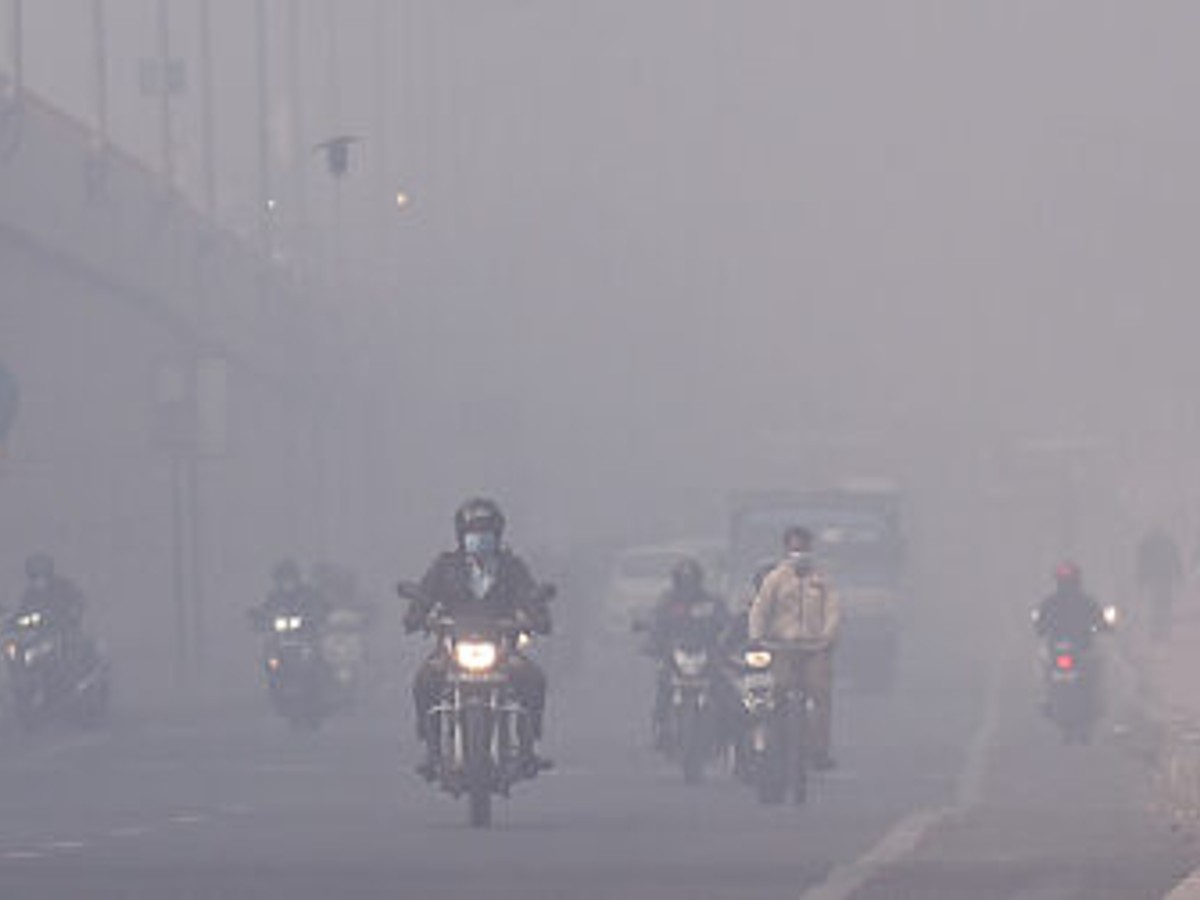
The burden on health of lethal PM2.5 pollutant has grown rapidly in cities in Southeast Asia and India’s two big cities feature as worst polluted cities in the region in US-based Health Effects Institute on Wednesday. Delhi and Kolkata reported 106 and 99 deaths per 1 lakh population in 2019 which could be attributed to PM2.5 pollution.
While Beijing in China had the highest PM2.5-attributable death rate of 124 in 2019, Delhi and Kolkata ranked sixth and eighth, respectively.
In 2019, Delhi recorded an annual average PM2.5 concentration of 110 microgram per cubic metre, the highest among the most-populous cities in the world, followed by Kolkata, which reported 84 microgram per cubic metre, said the report.
“Air Quality and Health in Cities” by the State of Global Air Initiative, a collaboration between the Health Effects Institute and the Institute for Health Metrics and Evaluation’s Global Burden of Disease project.
What is PM2.5
PM2.5 refers to fine particles (measuring 2.5 m or less in diameter) that penetrate deep into the body and fuel inflammation in the lungs and respiratory tract, leading to the risk of having cardiovascular and respiratory problems, including a weak immune system.
PM2.5 pollution tends to be highest in cities in low and middle-income countries, whereas NO2 levels are high in large cities across countries of all income levels.
Almost all of the most populous cities (81 out of 103 cities) reported NO2 exposures higher than the global average of 15.5 microgram per cubic metre.
Conclusion of the Report
The report summarises data on air pollution exposures and associated health impacts in 7,239 cities (with minimum population of 50,000) from 2010 to 2019. It combines ground-based air quality data with satellites and models to produce air quality estimates for cities around the world.
It said the burden on health of PM2.5 has grown rapidly in cities in Southeast Asia.
“Of 7,239 cities analysed, all the 20 cities with the largest increase in PM2.5-attributable death rates from 2010 to 2019 are located in Southeast Asia, including 19 cities in Indonesia and one in Malaysia. All 20 cities reported increase of more than 10 microgram per cubic metre in PM2.5 exposures in 2019 compared with 2010,” it said.
In 2019, 1.7 million deaths linked to PM2.5 exposure occurred in the 7,239 cities, with cities in Asia, Africa, and Eastern and Central Europe seeing the greatest health impacts.
The report said geographic patterns of nitrogen dioxide (NO2) pollution are strikingly different from the patterns seen for PM2.5 pollution.
At 41.6 microgram per cubic metre, Shanghai in China had the highest population-weighted annual average NO2 exposures in 2019, it said.
NO2 comes mainly from the burning of fuels often in older vehicles, power plants, industrial facilities, and residential cooking and heating. As city residents tend to live closer to busy roads with dense traffic, they are often exposed to higher NO2 pollution than residents of rural areas.
In 2019, 86 per cent of the 7,239 cities included in the report exceeded the WHO’s 10 microgram per cubic metre guideline for NO2, impacting about 2.6 billion people.
Dr. Susan Anenberg of George Washington University, one of the project collaborators, said, “Since most cities around the world have no ground-based air quality monitoring in place, estimates of particulate and gas pollution levels can be used to plan air quality management approaches that ensure the air is clean and safe to breathe.”
The report also highlighted data gaps in low- and middle-income nations, a key aspect to understanding and addressing the health effects of air pollution.
According to the WHO’s Air Quality Database, only 117 nations currently have ground-level monitoring systems to track PM2.5, and only 74 nations are monitoring NO2 levels.
Strategic investments in ground-level air quality monitoring systems and expanded use of satellites and other emerging technologies in targeted regions can provide critical first steps toward cleaner air.
(With PTI inputs)
For more stories that cover the ongoings of Delhi NCR, follow us on:
Instagram: instagram.com/thepatriot_in/
Twitter: twitter.com/Patriot_Delhi
Facebook: facebook.com/Thepatriotnewsindia
Over 10 firms were found contravening provisions of the Drugs Rules, and necessary action has…
Roopchand Gajak Wale in Farash Khana is one of the oldest and most trusted names…
A Kathak evening paying tribute to composers Pandit Jwala Prasad and Pandit Madho Prasad and…
Delhi High Court upholds acquittal, says husband’s extramarital affair not linked to wife’s suicide
Key member of interstate auto-theft gang nabbed in Lakhimpur Kheri; involved in high-end car theft…
Delhi Police arrests key operator in multi-state cyber fraud cheating a senior citizen of over…